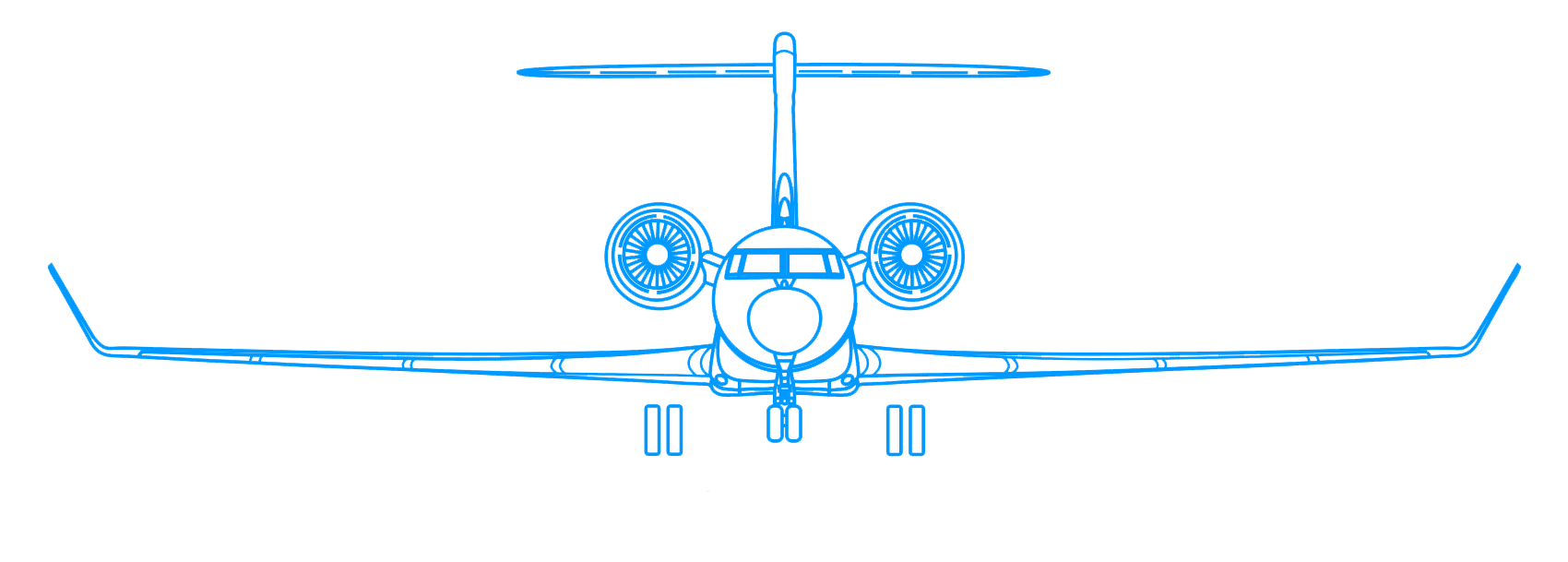You may be wondering why I am reviewing the book, “Longitude: The True Story of a Lone Genius who Solved the Greatest Scientific Problem of His Time,” by Dava Sobel. It is a book about maritime navigation, after all. But it is a book about navigation. Understanding the concepts will make you a better aviator. I will also review the movie of the same name and I’ll do that next week. Unlike my past book / movie review combinations, this pair works best as a pair. Read the book to gain a better understanding of navigation. Watch the movie to better realize that science back then was politics, as it remains today. For now, let’s have a look at the book.
— James Albright

Updated:
2024-07-08
Latitude: the sun is your friend
Early navigators realized that the sun follows a regular path across the sky that changes with seasons, but once you’ve figured that out, you have a pretty good idea how high up the globe you are. Simply measuring the angle between the horizon and the sun at its high point in the sky can give you latitude.
Any sailor worth his salt can gauge his latitude well enough by the length of the day, or by the height of the sun or known guide stars above the horizon. Christopher Columbus followed a straight path across the Atlantic when he “sailed the parallel” on his 1492 journey, and the technique would doubtless have carried him to the Indies had not the Americas intervened.
p. 4
Latitude, then, is determined by nature, the very nature of the earth. The rotation of the earth and the earth’s revolution around the sun determines the equator (0° latitude) and all “parallels” above and below. What of longitude?
The prime meridian, 0° longitude, is purely political. It wasn’t always through Greenwich, England. The only constraint is that every line of longitude begins and ends at the poles. Our task as navigators is to determine how many degrees east or west we are of the prime meridian of the day. But how?
Longitude: the astronomer’s answer
The stars are relatively fixed, though our view of them shift with the rotation of the earth and the seasons of the year. The moon appears to be always moving, 180° from horizon to horizon in a night, so (180 / 12 / 60) = 0.25° a minute. The sun, albeit a star, seems to act like the moon in many ways. But in all these cases, if you track the movements on a daily, monthly, and yearly basis, you can well predict where in the sky they will appear. This of course was the answer once we had accurate star almanacs. But what if the weather is overcast? And what did we oceanic navigators do in the days before such almanacs were available? The first such almanac, the British Nautical Almanac and Astronomical Ephemeris, was first published since 1766.
Longitude: the mechanic’s answer
With the celestial skies still uncharted, another possible answer became apparent:
The measurement of longitude meridians, in comparison, is tempered by time. To learn one’s longitude at sea, one needs to know what time it is aboard ship and also the time at the home port or another place of known longitude – at least at that very same moment. The two clock times enable the navigator to convert the hour difference into a geographical separation. Since the Earth takes twenty-four hours to complete one full revolution of three hundred sixty degrees, one hour marks one twenty-fourth of a spin, or fifteen degrees. And so each hour’s time difference between the ship and the starting point marks a progress of fifteen degrees of longitude to the east or west. Every day at sea, when the navigator resets his ship’s clock to local noon when the sun reaches its highest point in the sky, and then consults the home-port clock, every hour’s discrepancy between them translates into another fifteen degrees of longitude.
pp. 4 – 5
All this sounds easy to us, but the earliest mechanical clocks were hardly accurate enough, losing or gaining ten minutes or more in a day. The variabilities of changing temperature, humidity, and air pressure played havoc with these time pieces. Early efforts to use these clocks at sea were rendered futile by the movement of the ships over anything less than the most serene water.
Longitude: the politician’s answer
The oceanic travelers of yore – England, Spain, and Portugal – circumnavigated the globe because it was big business. But with latitude solved and longitude a mystery, the losses were huge. The book describes several of the biggest wrecks, but I’ll describe only one from 1707. Admiral Sir Clowdisley Shovel of the English fleet was bedeviled by “dirty weather” that dogged him for twelve days. The consensus of his navigators placed them safely west of Ile d’Ouessant, an island outpost of the Britany peninsula. Shovel agreed and continued with his fleet to the north.
He [was] approached by a sailor, a member of the Association’s crew, who claimed to have kept his own reckoning of the fleet’s location during the whole cloudy passage. Such subversive navigation by an inferior was forbidden in the Royal Navy, as the unnamed seaman well knew. [ . . . ] Admiral Shovell had the man hanged for mutiny on the spot.
pp. 12 – 13
But the mutinous seaman was right, and Admiral Shovel led his fleet into the Scilly Isles, about twenty miles east of Land’s End. Those islands became the unmarked tombstones for two thousand of Admiral Sir Clowdisley Shovel’s troops. This tragedy precipitated the Longitude Act of 1714, in which Parliament promised a prize of £20,000 for a solution to the longitude problem.
The battle: astronomers (scientists) versus the mechanics (engineers)
The magnetic compass had been invented in the twelfth century and became standard equipment on all ships by this time. An early solution to find longitude was to sight the North Star (Polaris) and measure the difference between this star (True north) and the compass (Magnetic north). The book notes “the vagaries of terrestrial magnetism” played havoc with this method. The most promising proposal was to measure the angular difference between the moon and various prominent stars, compared to a table of known angles. The missing element, however, was an accurate table of stars and their expected future positions.
It works in theory but how well does it work in actual practice?
Clockmakers were doing no better than the astronomers until John Harrison, a carpenter turned clockmaker solved the many problems. He built one of his earliest wooden clocks, at Brockelsby Park, in 1722 and it is still running today.
The clock never needs lubrication, because the parts that would normally call for it were carved out of lignum vitae, a tropical hardwood that exudes his own grease.
pp. 69 – 69
He carried this ingenuity to his later clocks and many of his inventions still exist in mechanical watches today. He solved the problem of temperature variance, for example, by binding different metal types where needed so the deviation of one would cancel the other. He eventually designed and built a clock that would keep accurate time at sea.
His every success, however, was parried by members of the scientific elite, who distrusted Harrison’s magic box. The commissioners charged with awarding the longitude prize . . . changed the contest rules whenever they saw fit, so as to favor the chances of astronomers over the likes of Harrison and his fellow “mechanics.”
p. 9
It works in actual practice, but how well does in work in theory?
The bureaucrats couldn’t be bothered with the actual results of the many sea trials and came up with tests on land and various ways to thwart the results. Only after His Majesty King George III took an active interest did the Longitude Board grudgingly award some of the prize money due Harrison. In the end, the mass production of Harrison’s design proved that he had indeed solved the longitude problem.
The book and the movie
“Longitude,” the book, is an easy read for anyone with an interest in navigation, even the airborne kind of navigation. The search for how to find longitude will be illuminating even for someone well versed at programming a highly automated flight management computer where all the heavy lifting is done by satellites used not only for navigation, but also for communicating the flight plans themselves. You also get a sense of the frustration that John Harrison must have felt in battling the bureaucracy that was the Longitude Board. Like present day aviation bureaucracies, the initial intent was good, but bureaucrats tend to lose sight of that intent. The only shortcoming in the book, I think, is that it doesn’t go far enough in putting human faces to the humans doing the good deeds and those getting in the way. Fortunately, for that task, we have the movie. We’ll get to that next week.
By the way, the next time you are in London, you really should hop on “The Tube” and take a 30-minute ride down to the Royal Observatory. I must admit that the first time I did this, my motivation was to take a photo of the Prime Meridian. (You can see my reflection in the door underneath the Prime Meridian sign.) But inside that building you will find fascinating exhibits which include five Harrison clocks, including the ones he entered for the Longitude Prize.


